This wonderful Cornish workshop and museum is dedicated to the legacy of studio pottery trailblazer Bernard Leach
50 years of art
50 years of art
1 Jun 2018
To celebrate our 50th anniversary, we look back at the past half-century in art history, with the help of art historian Angela Smith.
Since the inception of NADFAS, as we were, in 1968, the arts world has undergone huge change – and so have we. With the help of Lecturer and art historian Angela Smith, we review some of the memorable moments of the past 50 years – and some of The Arts Society’s own landmarks
1965
A group of young arts enthusiasts forms The Chiltern Antiques Group, at the suggestion of founder member Patricia Fay, over a lunch at Chenies Manor. Here, the group attends one of its early trips, to West Wycombe. This first Society was to inspire many more…
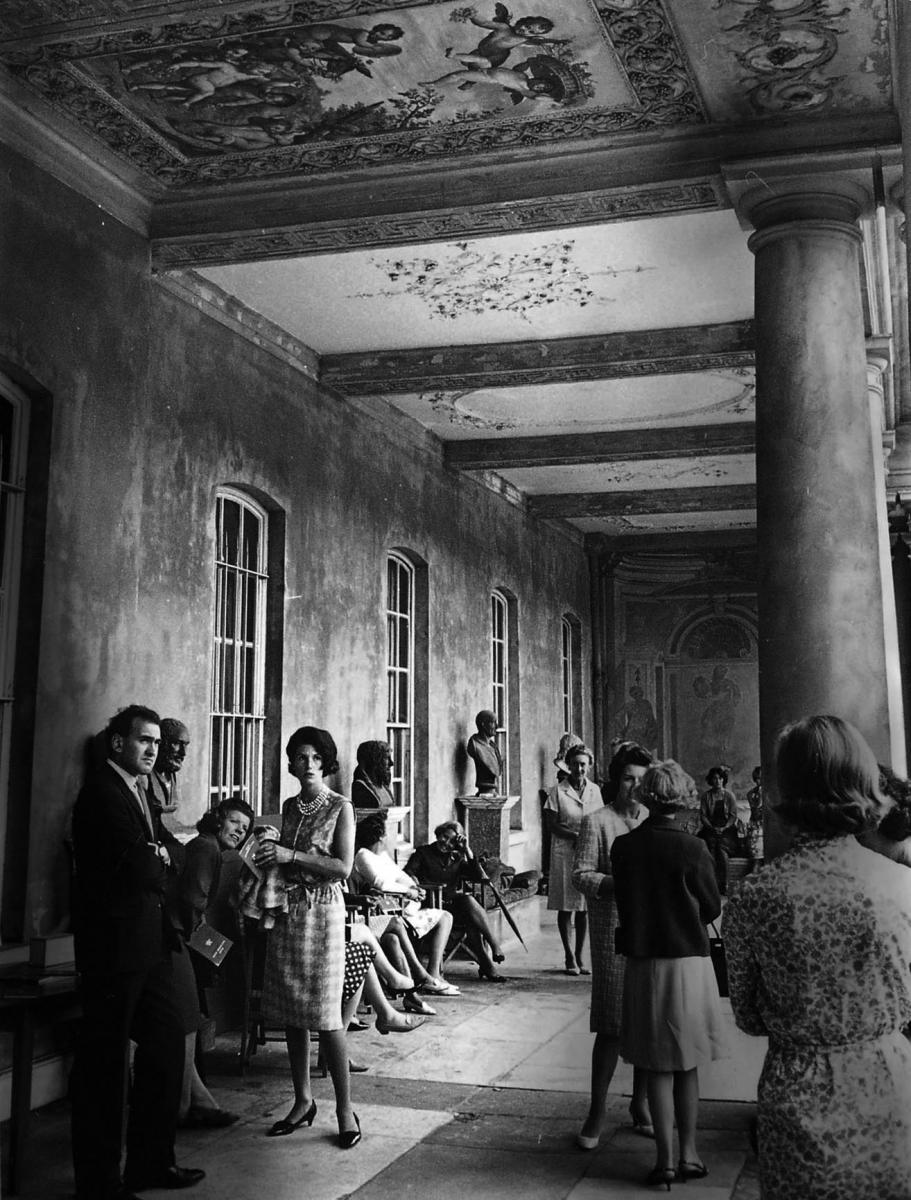
Image courtesy The Arts Society
1968
Eleven Societies for arts lovers form the National Association of Decorative and Fine Arts Societies: NADFAS. The inaugural meeting at the V&A in London is attended by our first Patron, Her Royal Highness The Duchess of Kent.
Pop artists Peter Blake and Jann Haworth win the Grammy for Best Album Cover for the Beatles’ Sgt Pepper’s Lonely Hearts Club Band. The band’s iconic eighth album had been released the previous year, fast becoming the soundtrack to ‘the summer of love’.
1970
In a decade of expansion, our Church Recording work was to begin and the Voluntary Conservation Corps – later Heritage Volunteers – launched, as well as Young NADFAS, inspired by Anne White. Over the next five years, NADFAS grows to include 68 Societies.
1975
Landmark exhibition Destruction of the Country House: 1875-1975 is held at the V&A. Highlighting the plight of country houses – Britain had lost one every two weeks on average since 1920 – the exhibition literature highlighted NADFAS as a society to contact in order to help. Lord Montagu, Francis Dashwood and NADFAS members petition Parliament over the ‘country house dilemma’.
1976
Salvador Dalí creates his last great oil painting, Gala contemplating the Mediterranean, which from twenty meters becomes the Portrait of Abraham Lincoln (Homage to Rothko).
1977
The Centre Pompidou, designed by Renzo Piano and Richard Rogers, opens in Paris to mixed reviews. Le Figaro announces that Paris, like Loch Ness, now had its own monster. Nevertheless, visitor numbers at the new arts centre are soon booming.
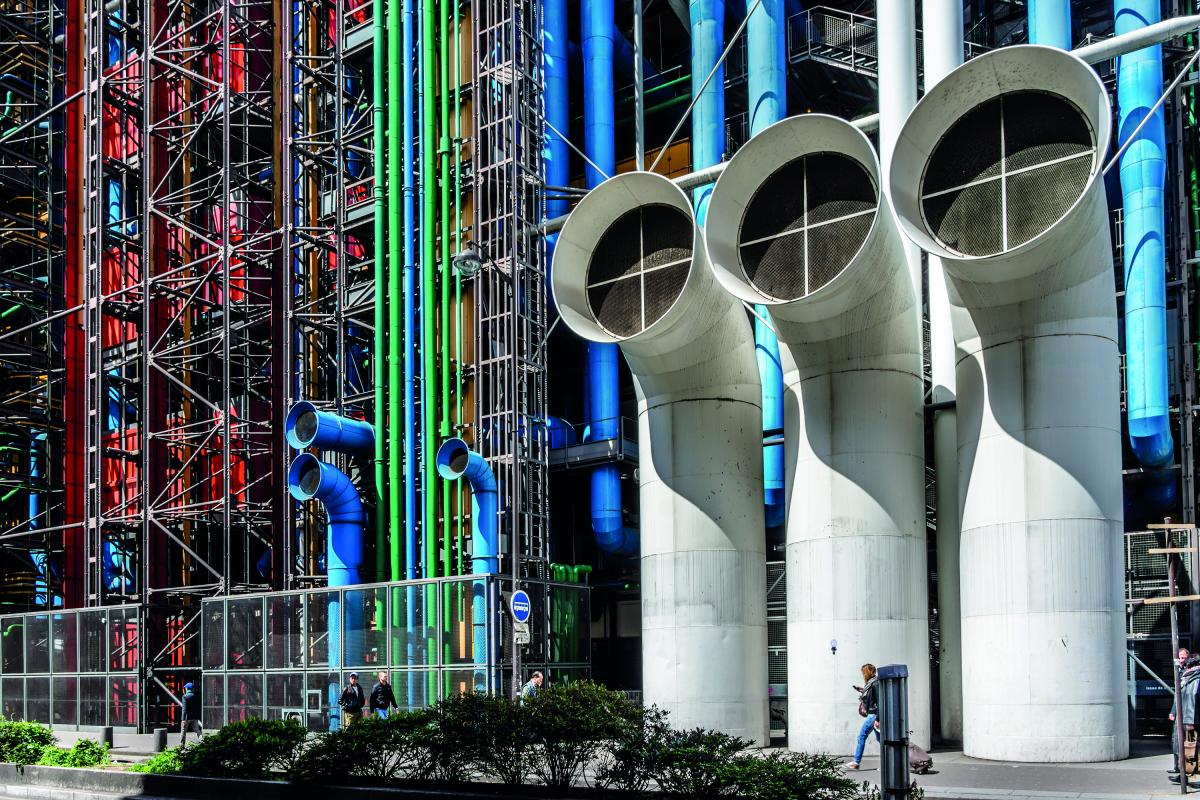
Image: Shutterstock
1980
A year after the death of founder Patricia Fay, the Society launches a memorial fund in her name to keep her legacy alive. The annual awards support numerous projects within the organisation, as well as providing much-needed funding for other arts-based institutions and interns.
1981
Picasso’s anti-war masterpiece Guernica leaves MoMA in New York for a permanent home in Madrid. The artist, who died in France in 1973, had refused to return to his Spanish homeland, or allow the 7m-long mural to be taken to Spain, while Franco was in power.
1984
The first overseas Society is founded in Rheindahlen, Germany. Thanks to its continental location, members are able to invite speakers from arts institutions across Germany, Belgium and the Netherlands.
The Turner Prize is inaugurated, with the aim of encouraging a wider interest in contemporary art. The prize is awarded annually to a British artist (or artist living in Britain), with the first going to photorealist painter Malcolm Morley.
1985
The first Australian Society is founded in Sydney by Patricia Robertson, who was inspired by those in the UK. The Australian Decorative and Fine Arts Societies go on to number 37, and retain close ties with our original organisation.
Husband-and-wife art duo Christo and Jeanne-Claude wrap the Pont Neuf, the oldest bridge in Paris, in gold fabric, transforming it into a temporary artwork.
1992
Damien Hirst’s The physical impossibility of death in the mind of someone living – a tiger shark preserved in formaldehyde – features in the first of a series of shows featuring the ‘Young British Artists’ at London’s Saatchi Gallery.
1993
After the fire at Windsor Castle in 1992, volunteers from the South Mercia area help to clean and move the 46,000 volumes in Her Majesty The Queen’s Private Library.
Sculptor Rachel Whiteread creates House, a concrete cast of an entire terraced house that was destined for demolition. The installation led to Whiteread becoming the first woman to win the Turner Prize.
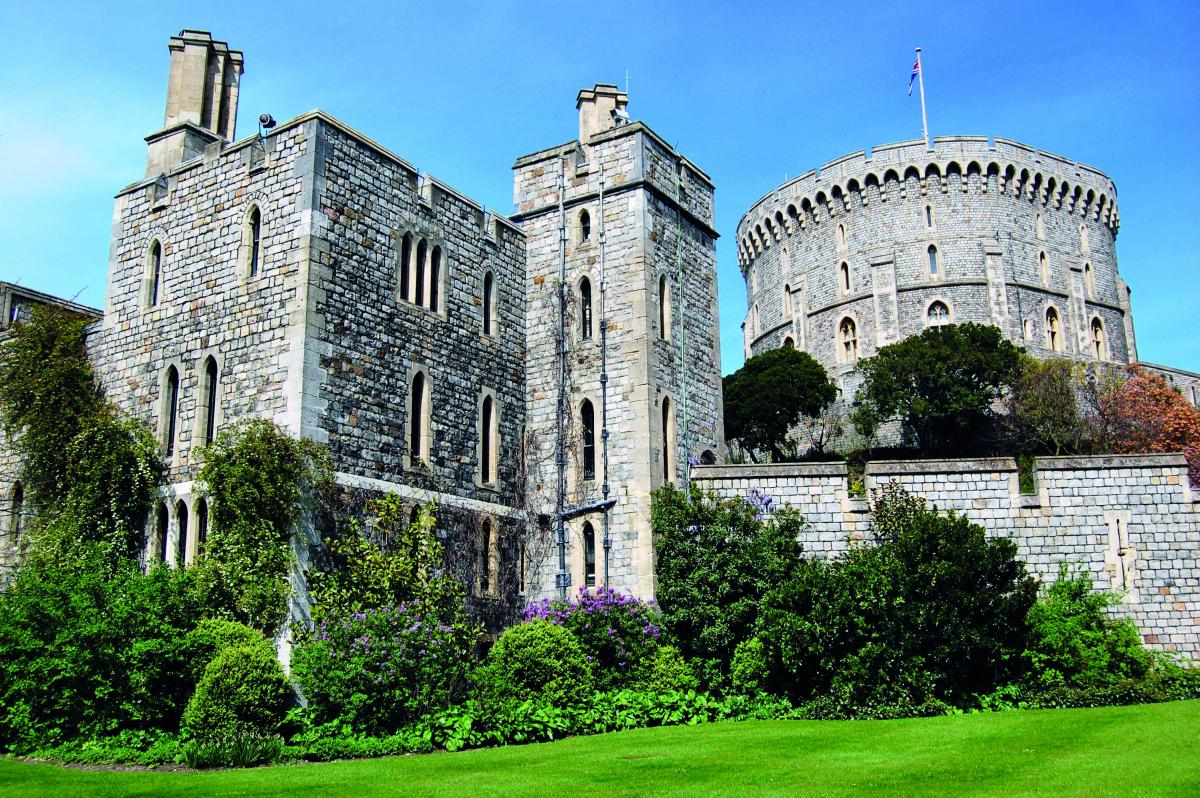
Image: Shutterstock
1994
Our organisation gains a London office premises – NADFAS House, now called The Arts Society House, in the heart of Bloomsbury.
1997
The Globe Theatre, a reconstruction of the Elizabethan playhouse associated with William Shakespeare, opens in London in June. A few months later, the ship-like Guggenheim Museum, designed by Frank Gehry, is inaugurated in Bilbao, northern Spain.
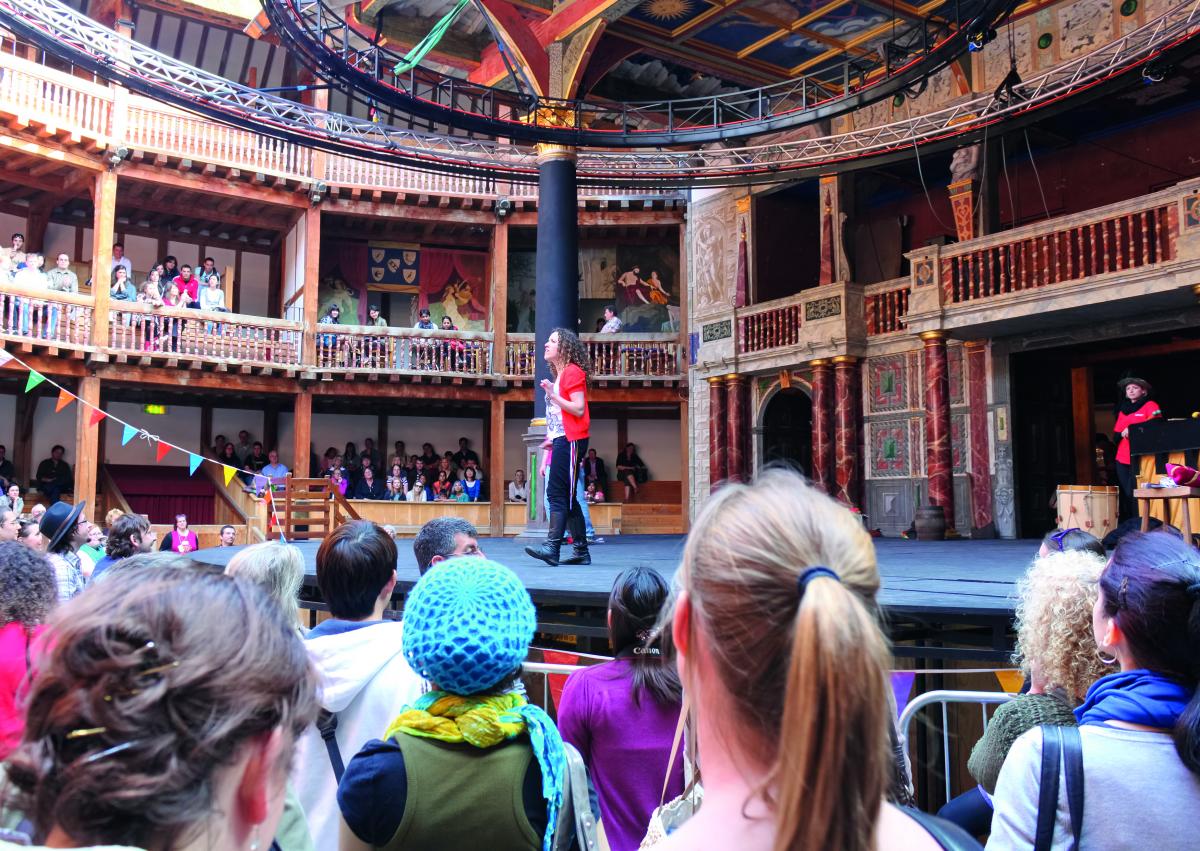
Image: Shutterstock
1998
Angel of the North, by Antony Gormley, is unveiled. Meanwhile, an exhibition of films by American video artist Bill Viola is touring museums in North America and Europe. The projected image is becoming an increasingly pervasive format in the art world.
1999
Church Recorders make a key discovery when they uncover a linen napkin that belonged to Pope Urban VIII (1623–44) at St Mary’s Church, in Headley, Surrey.
Tracey Emin’s My Bed (1998) is shortlisted for the Turner Prize and displayed at Tate Britain. An untidy bed with personal items, it gained notoriety for the artist. Christie’s sold My Bed in 2014 for £2.5m.
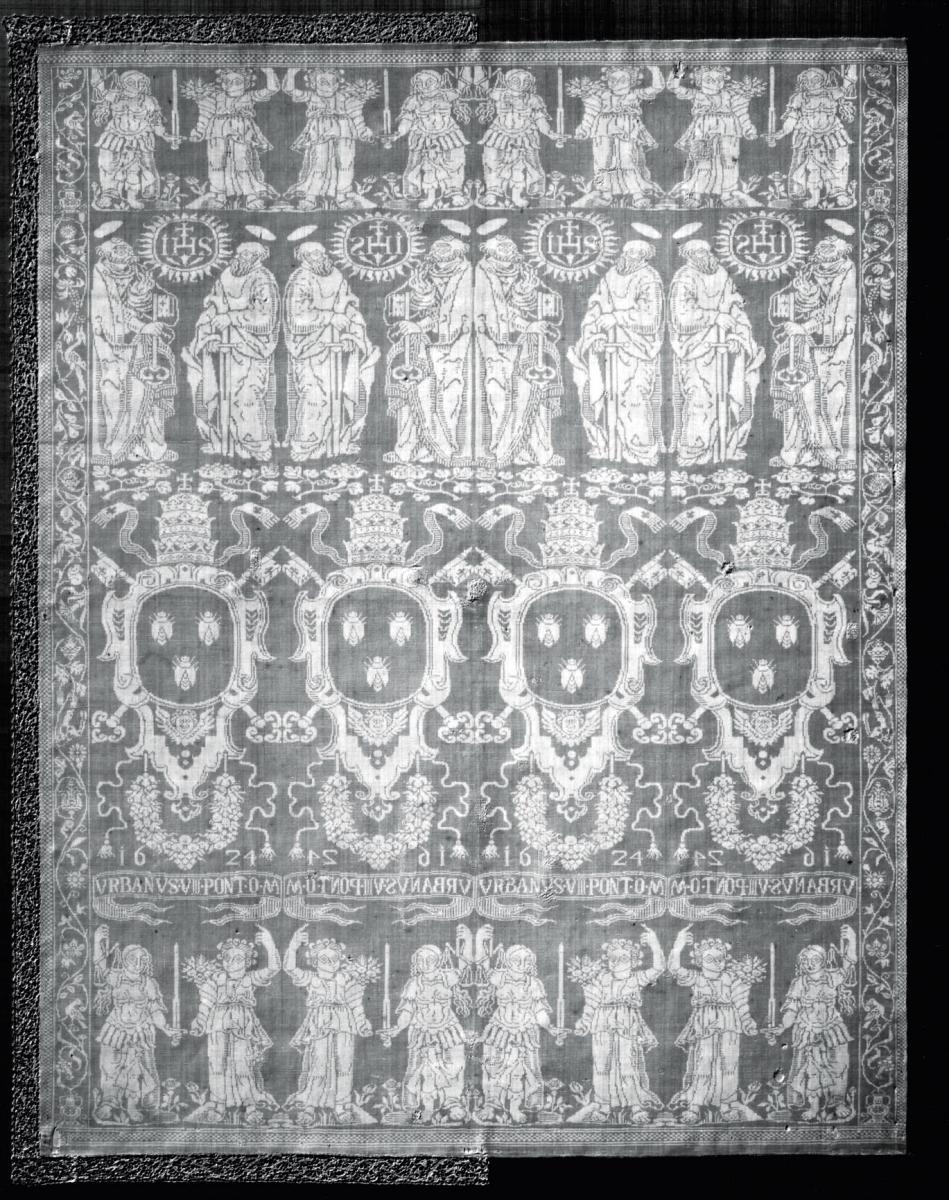
Image: Courtesy of The Arts Society
2000
Tate Modern opens on London’s Bankside in a former power station designed by Sir Giles Gilbert Scott. The conversion was designed by Swiss architects Herzog & de Meuron.
2001
Works valued at more than $100m by Joan Miró, Alexander Calder and others, exhibited in and around the World Trade Center, are destroyed during the 11 September attacks on New York. Parts of Calder’s steel sculpture, Bent Propeller (1970), have been recovered and are now displayed at the National September 11 Memorial & Museum in New York.
2003
The first edition of our quarterly magazine, NADFAS Review, is published.
2006
Gustav Klimt’s Portrait of Adele Bloch-Bauer I, which was stolen by the Nazis in 1941, is returned to the family who originally owned it. The story of the painting’s restitution inspires the 2015 film Woman in Gold, starring Helen Mirren.
2007
Kylie – The Exhibition opens at the V&A. Showcasing the stage costumes of Kylie Minogue, it causes a furore, though the exhibition is less about celebrity and more about the creative collaboration that places a performer within their contemporary culture. The show is a success, drawing a new audience to the V&A. Six years later, the V&A’s retrospective on the life and work of David Bowie became the museum’s fastest-selling show in its history. David Bowie is will end its tour in Brooklyn Museum in July 2018.
2010
Artist and political activist Ai Weiwei’s installation Kui Hua Zi, comprising over 100 million handmade, porcelain sunflower seeds, is exhibited in the Turbine Hall at Tate Modern. According to Weiwei, the single seed suggests the uniqueness of the individual, while the immense number of seeds displayed represents the size of China and its population, which the artist believes can be harnessed to bring about social change.
Our Heritage Volunteers reach a milestone: 300,000 hours of work carried out, saving museums and galleries as much as £5m.
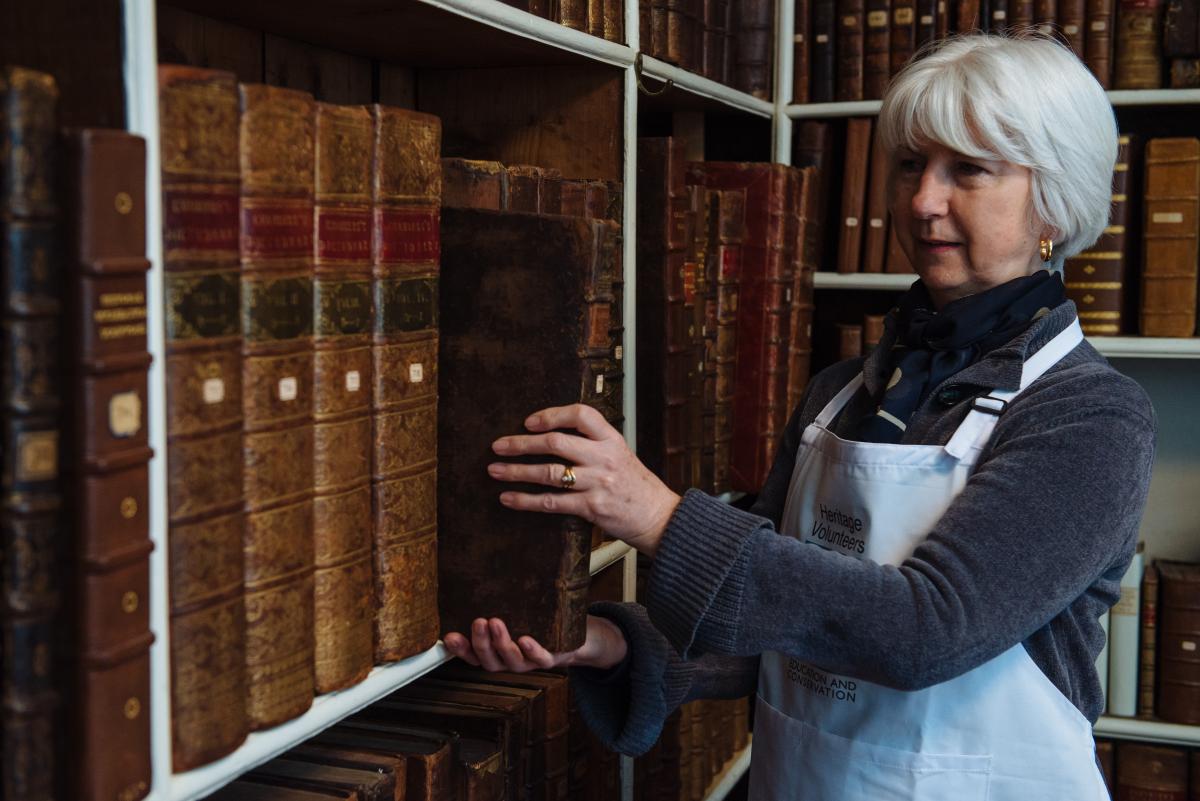
Image: Courtesy of The Arts Society
2011
The inauguration of the Google Art Project enables users to make virtual visits online to museums and art galleries across the world. The project was extended in 2012 as more museums signed up.
2013
More than £160,000 is given to Young Arts projects across the country, involving over 20,600 children and young people.
2017
Salvator Mundi, which some experts believe to be the work of Leonardo da Vinci, becomes the most expensive painting ever sold at auction when an anonymous buyer purchases the panel for £304m, through Christie’s in New York. The small painting, which is just over 60cm in height, depicts the head and shoulders of Christ.
NADFAS begins a new chapter as The Arts Society – a name chosen to reflect the inclusiveness of the organisation and the broad scope of our activities, which now include grant giving; volunteering in historic houses, museums, galleries, archives and gardens; Church Recording; and organising art projects for the youngest, oldest and most vulnerable in the community.
2018
After 50 years of enriching lives through the arts, the organisation now has 387 local Societies around the world, and over 90,000 Members. The Arts Society continues to play a leading role in keeping arts and heritage alive for future generations.
About the Author
The Arts Society
JOIN OUR MAILING LIST
Become an instant expert!
Find out more about the arts by becoming a Supporter of The Arts Society.
For just £20 a year you will receive invitations to exclusive member events and courses, special offers and concessions, our regular newsletter and our beautiful arts magazine, full of news, views, events and artist profiles.
FIND YOUR NEAREST SOCIETY
MORE FEATURES
Ever wanted to write a crime novel? As Britain’s annual crime writing festival opens, we uncover some top leads
It’s just 10 days until the Summer Olympic Games open in Paris. To mark the moment, Simon Inglis reveals how art and design play a key part in this, the world’s most spectacular multi-sport competition



